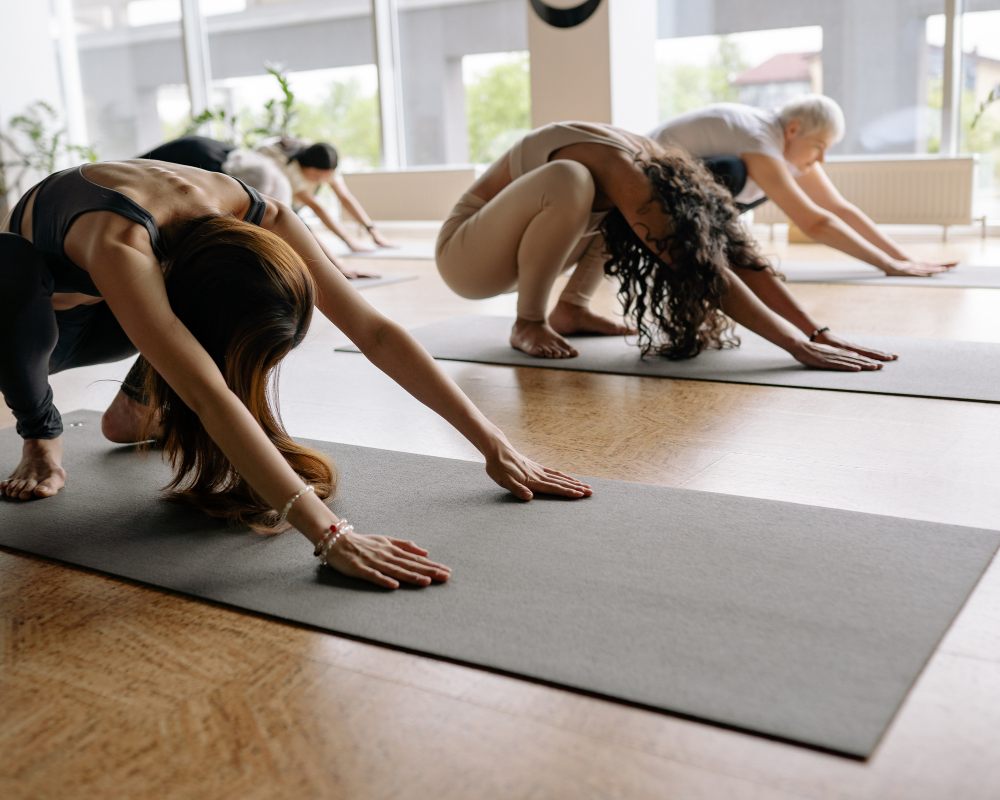
24 Mar Study Suggests Yoga Might Reduce Non-Specific Low Back Pain
Treating back pain is always a tricky proposition. When a patient is suffering from non-specific low back pain, the proposition is even more challenging. Patients often need multiple therapies to obtain the relief they are seeking. With that being the case, we are intrigued by a recently published study suggesting yoga might help reduce non-specific low back pain in some patients.
For the record, the study was very small. Its findings are worth further study, nonetheless. If yoga can help some patients, why not combine it with other therapies to help back pain sufferers find the relief they need?
More About Non-Specific Low Back Pain
We want to be clear about the fact that the yoga study looked only at non-specific low back pain. This is important for a number of reasons. First, being ‘non-specific’ means that a doctor’s diagnosis has not determined the exact cause. When we know the cause of someone’s pain, we can target that cause accordingly.
Second, low back pain can be very disruptive to daily life for the simple fact that the lower back needs to carry almost all the weight of the upper body. If something goes wrong with the lower back, a person can be extremely uncomfortable.
More About the Study
Yoga as a possible treatment for non-specific low back pain hasn’t been studied as much as we would like. Nonetheless, this most recent study was conducted by a group of researchers from the University of Catanzaro in Italy. It was published in the Journal of Orthopaedic Research.
Researchers enrolled a total of twenty-one women between the ages of 18 and 40. The women were divided into two groups: eleven who were considered healthy and ten reporting non-specific low back pain. All took part in a yoga program involving two weekly sessions over a four-week period. The first two sessions were conducted in-person while the remaining sessions were remote.
In addition, each session included a total of thirty exercises conducted in various positions. The exercises were designed to stretch and flex the back. Following the four-month program, researchers followed up with participants for an additional four weeks. Here is what they learned:
- The back pain cohort had an average baseline pain level score of 6.8.
- Their pain level score dropped to an average of 3.3 after each weekly yoga session.
- The average baseline flexion-relaxation score was 5.12.
- Average flexion-relaxation scores following yoga were 9.49.
Although you might not understand the numbers yourself, we can assure you they are good. The yoga cohort in this study demonstrated significant improvement as a result of the exercises.
An Option to Think About
If nothing else, the study suggests that yoga is an option to think about when non-specific low back pain is the diagnosis. Will it provide total relief on its own? Probably not. But combined with other therapies, yoga could actually be helpful to some people.
Our goal here at Lone Star Pain Medicine is to help patients feel better, regain function, and enjoy a better quality of life. We are less likely to recommend a therapy that relies exclusively on medications and more likely to recommend alternative treatments designed to get to the root cause of pain.
If you are suffering with persistent back pain and nothing else has helped, we encourage you to pay us a visit. We offer a range of treatments covering everything from spinal cord stimulation to injection therapies. Our doctors are experts in pain management and our entire staff is a caring and compassionate crew that want to help you feel better.


Sorry, the comment form is closed at this time.